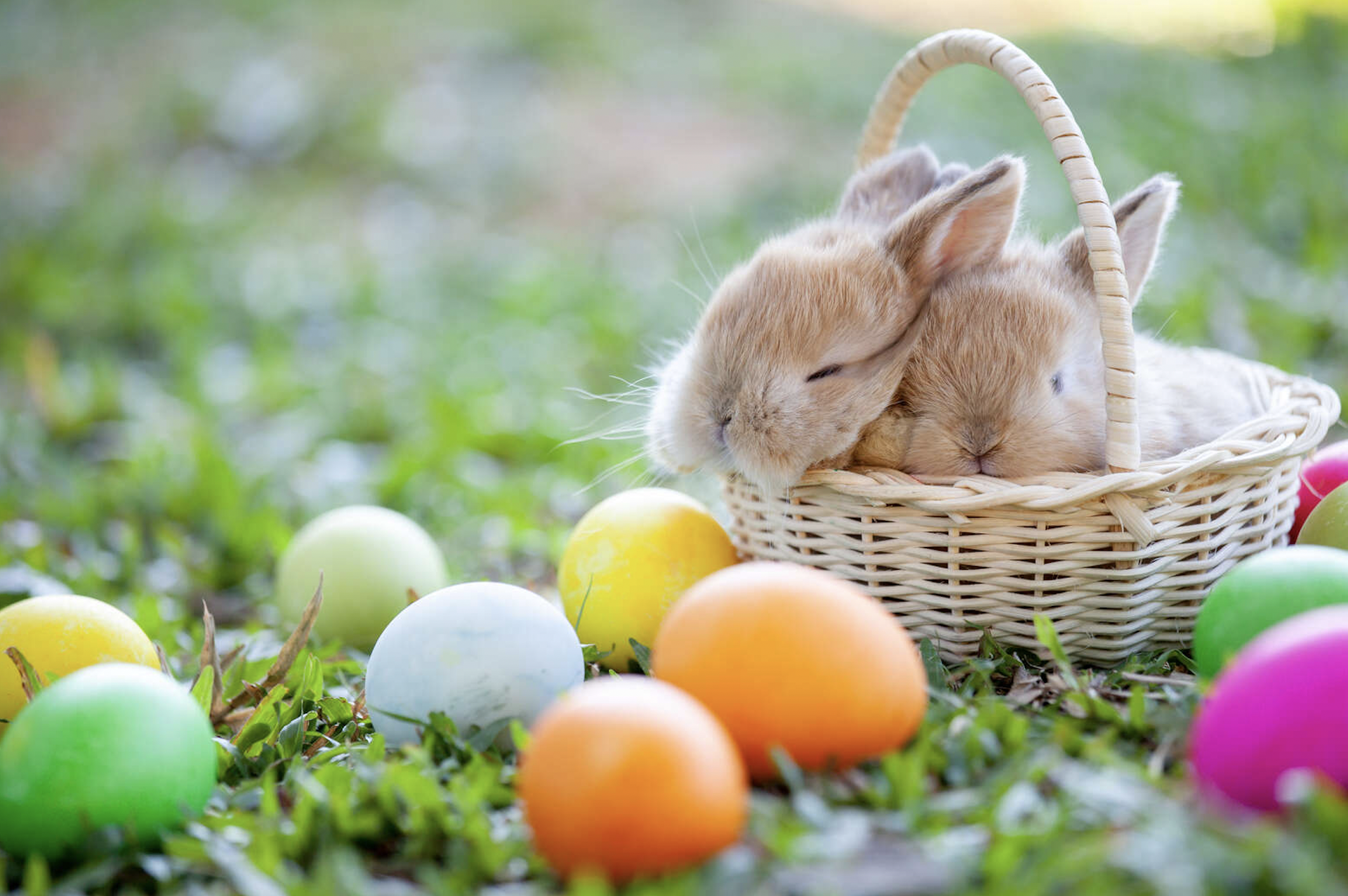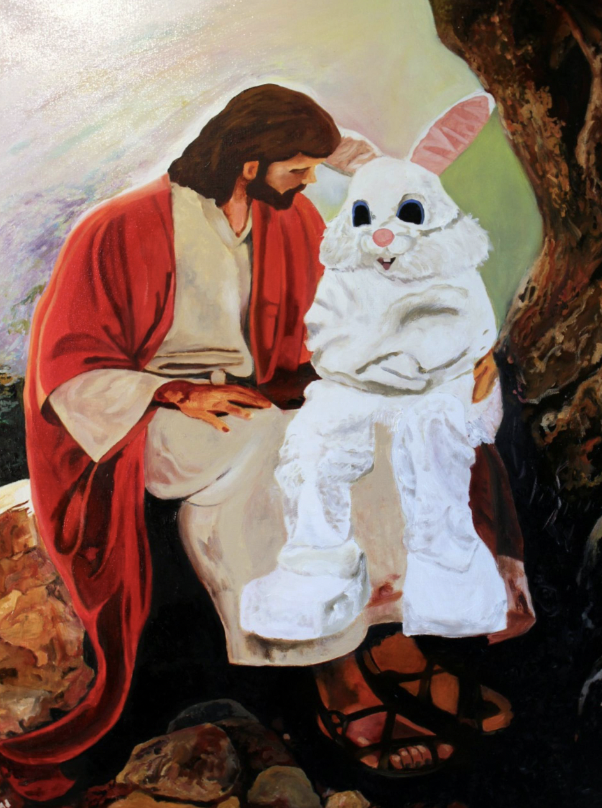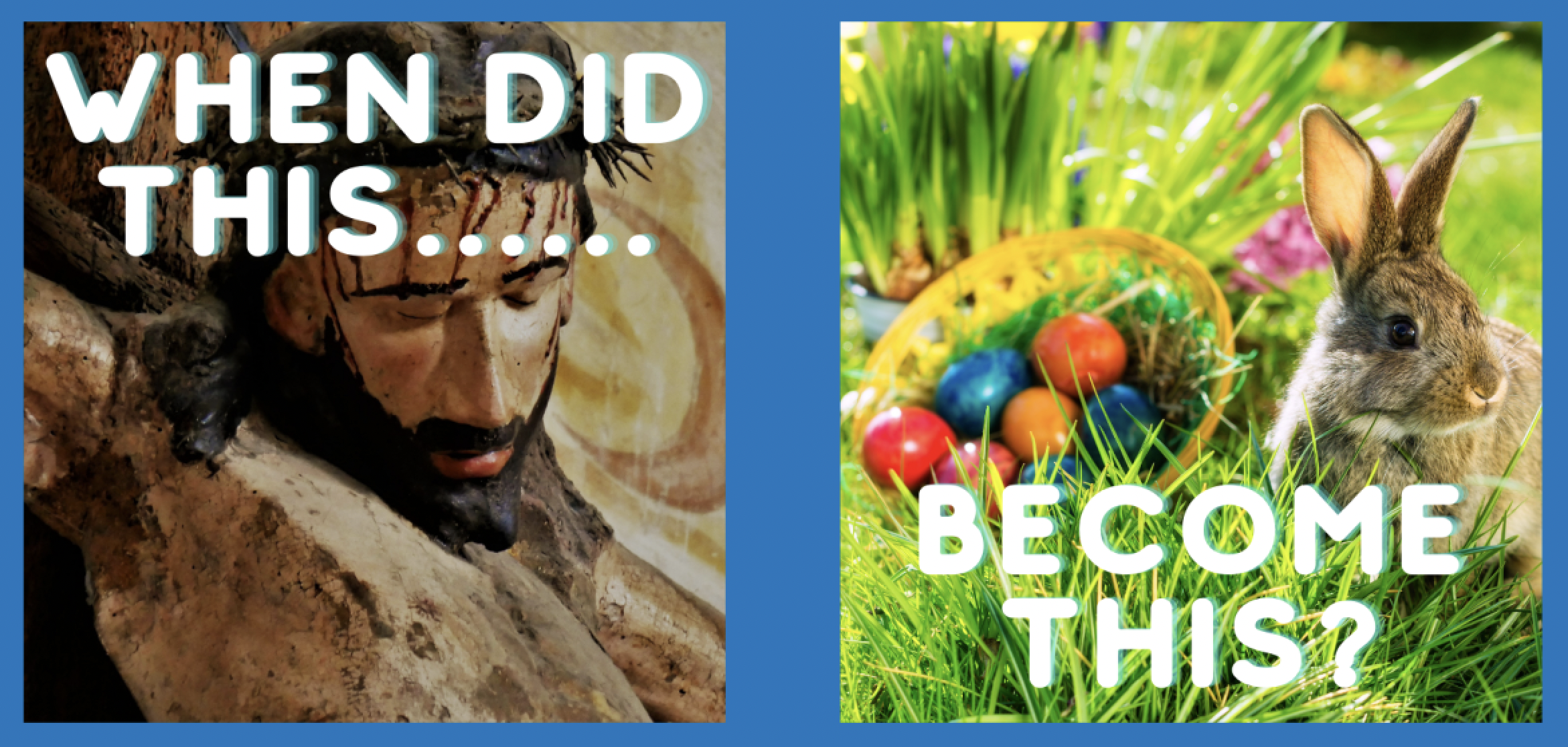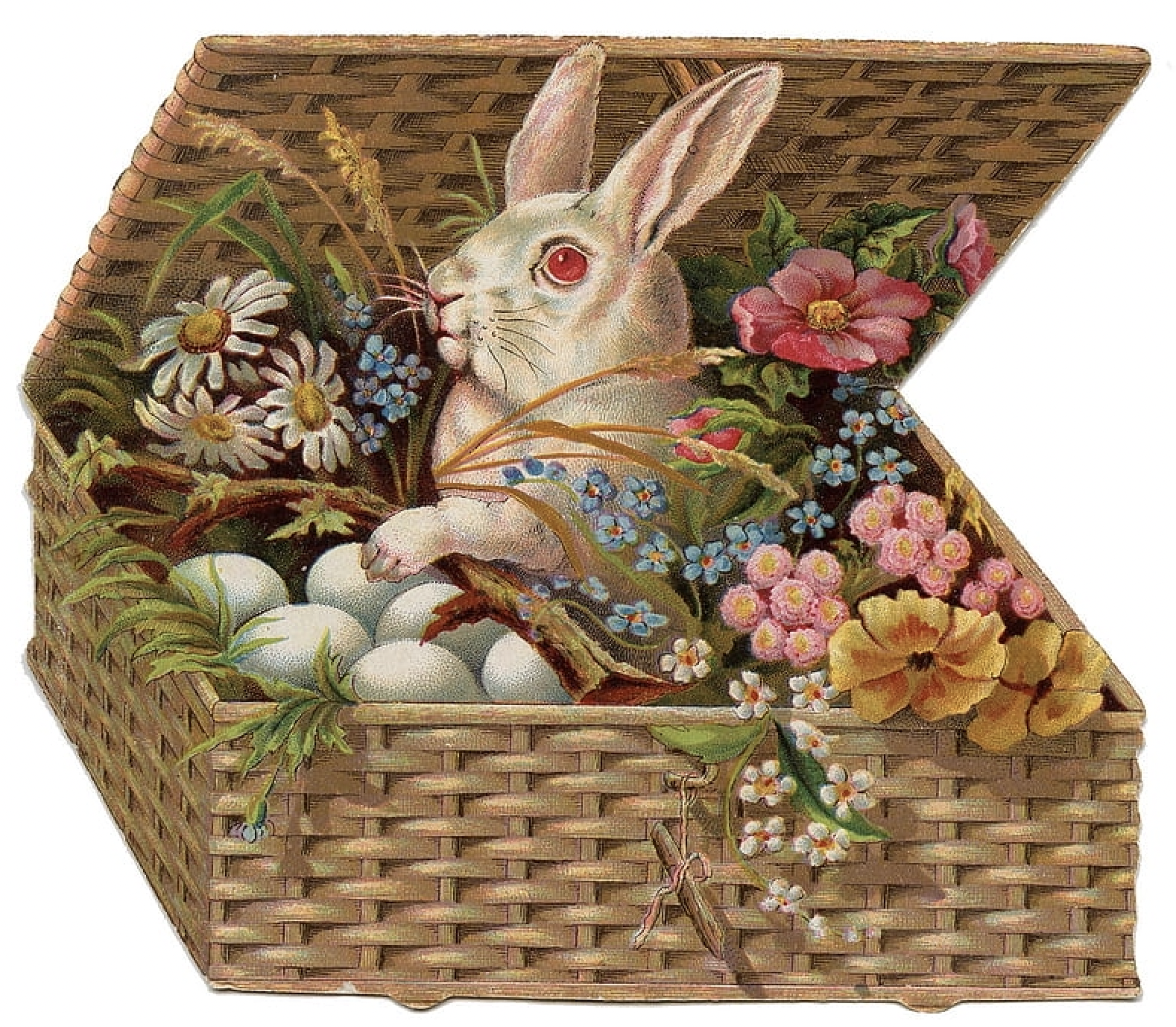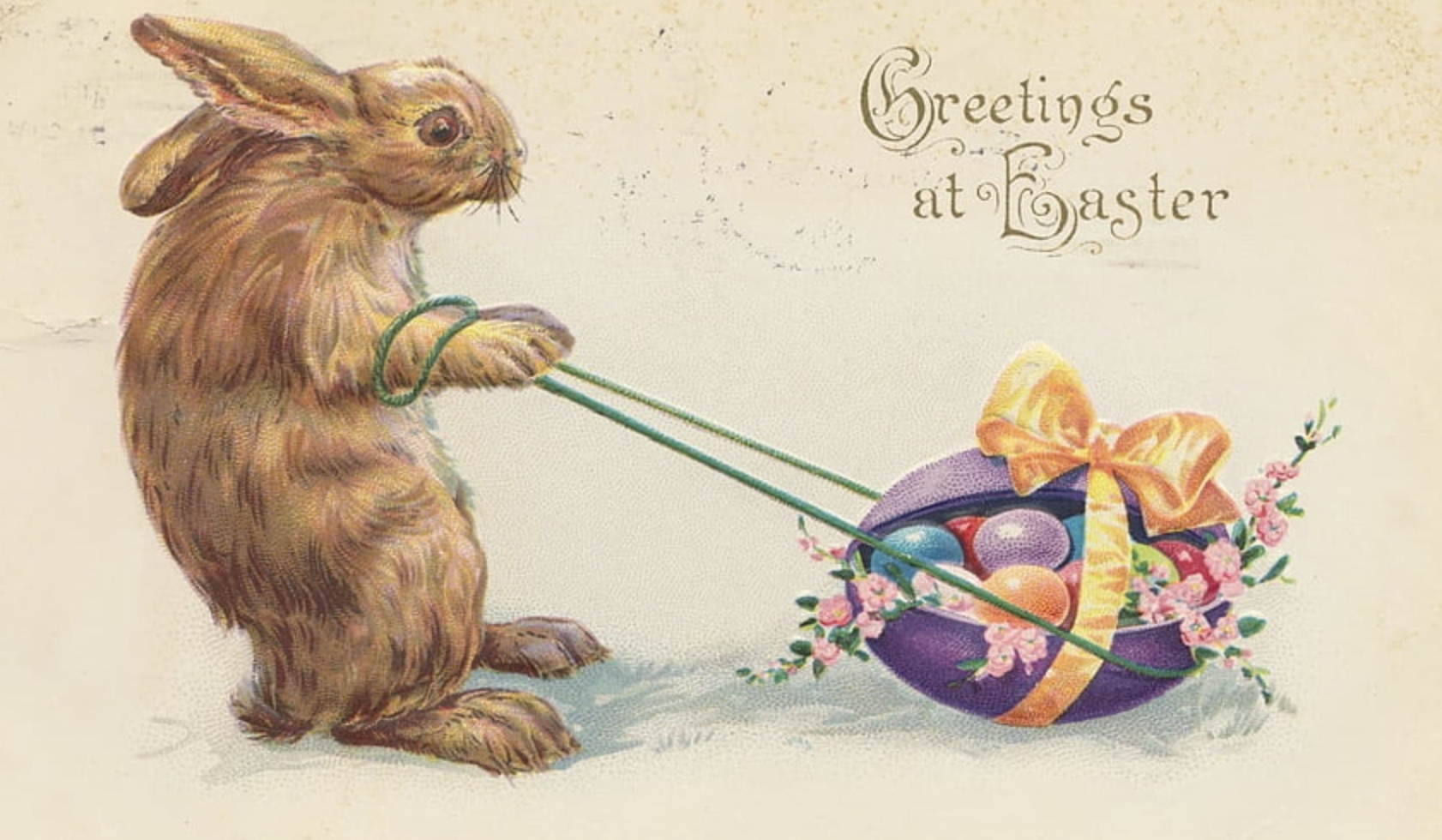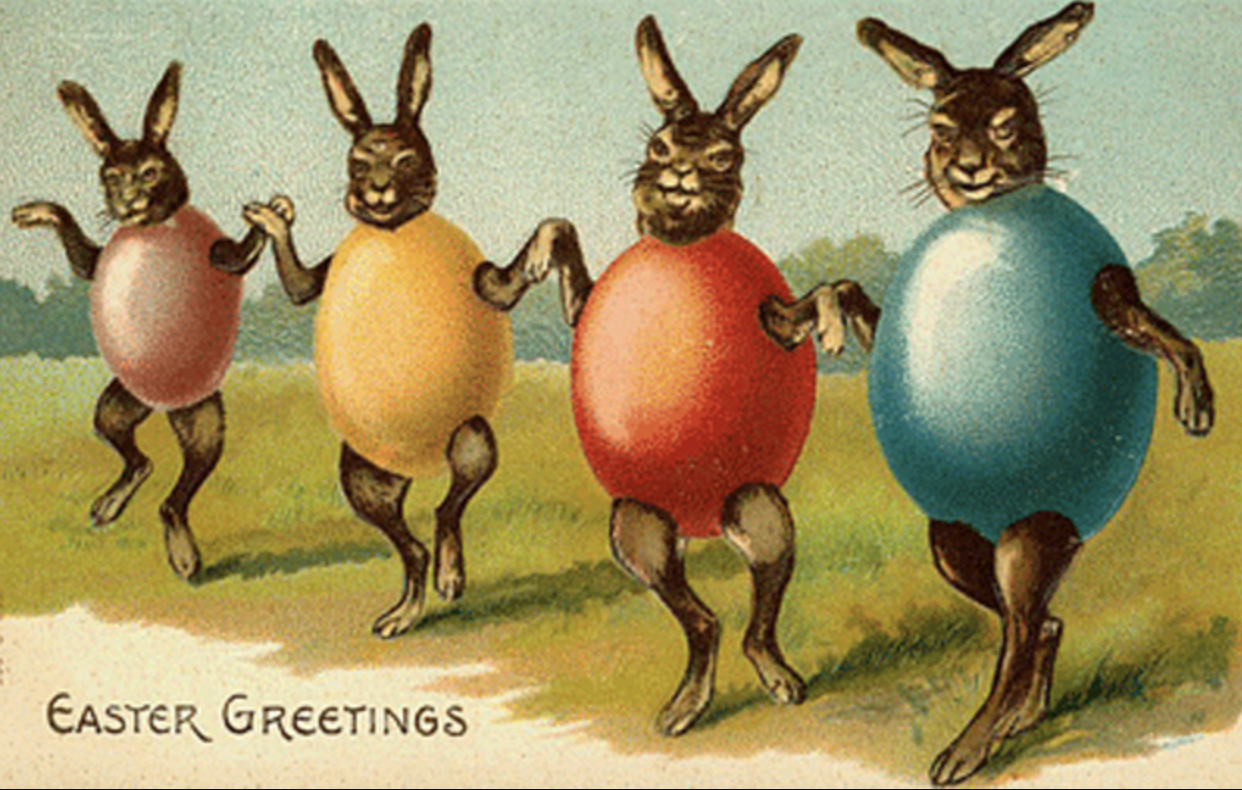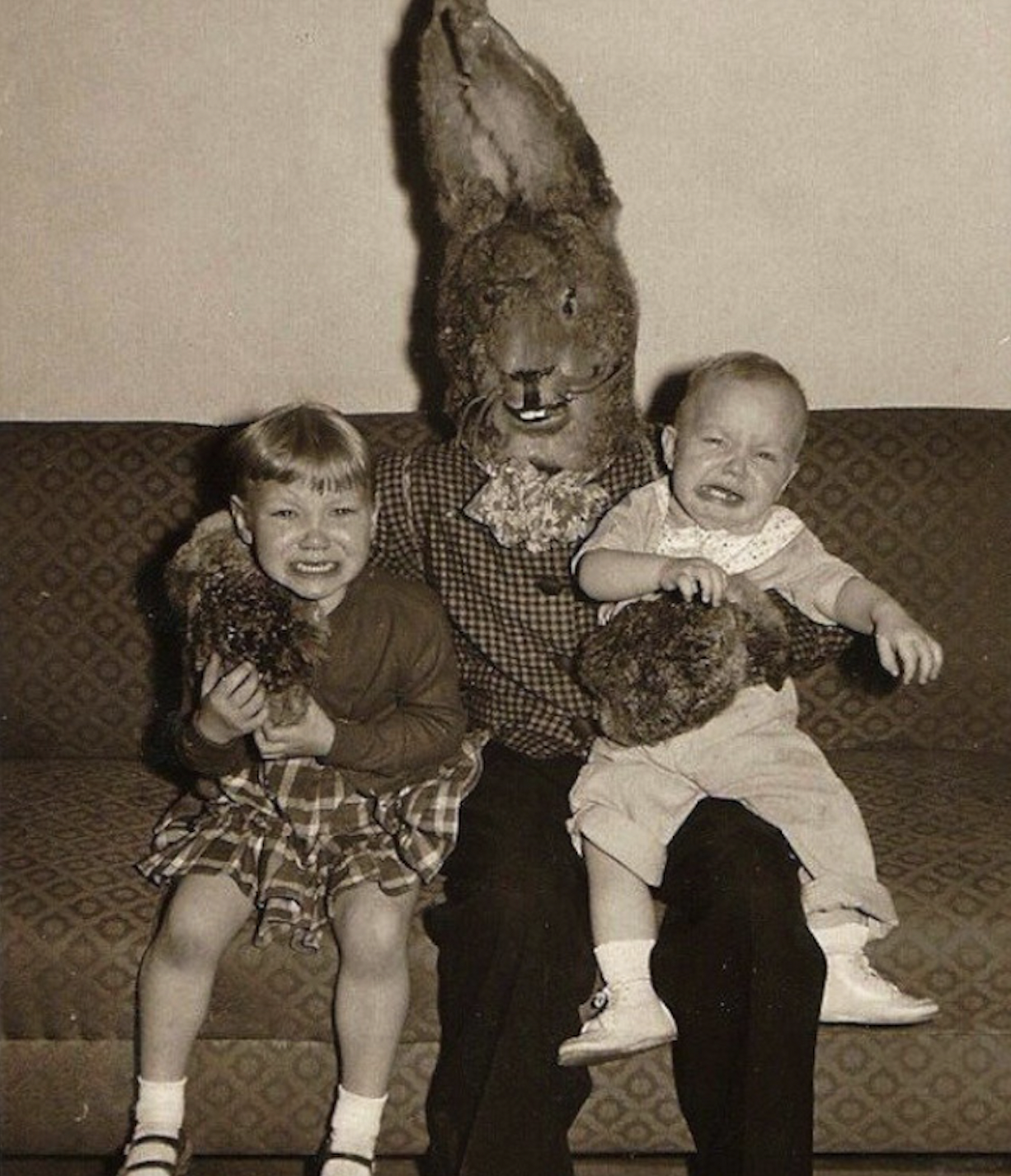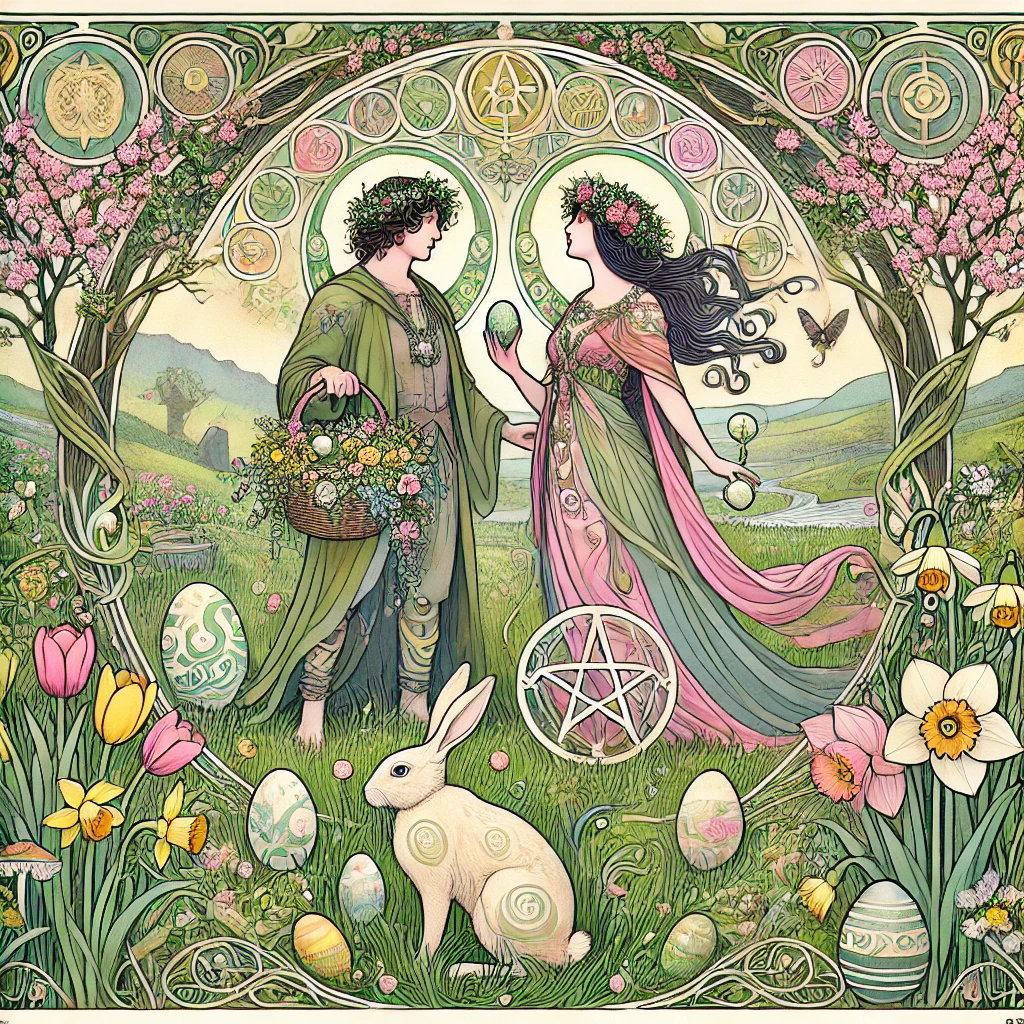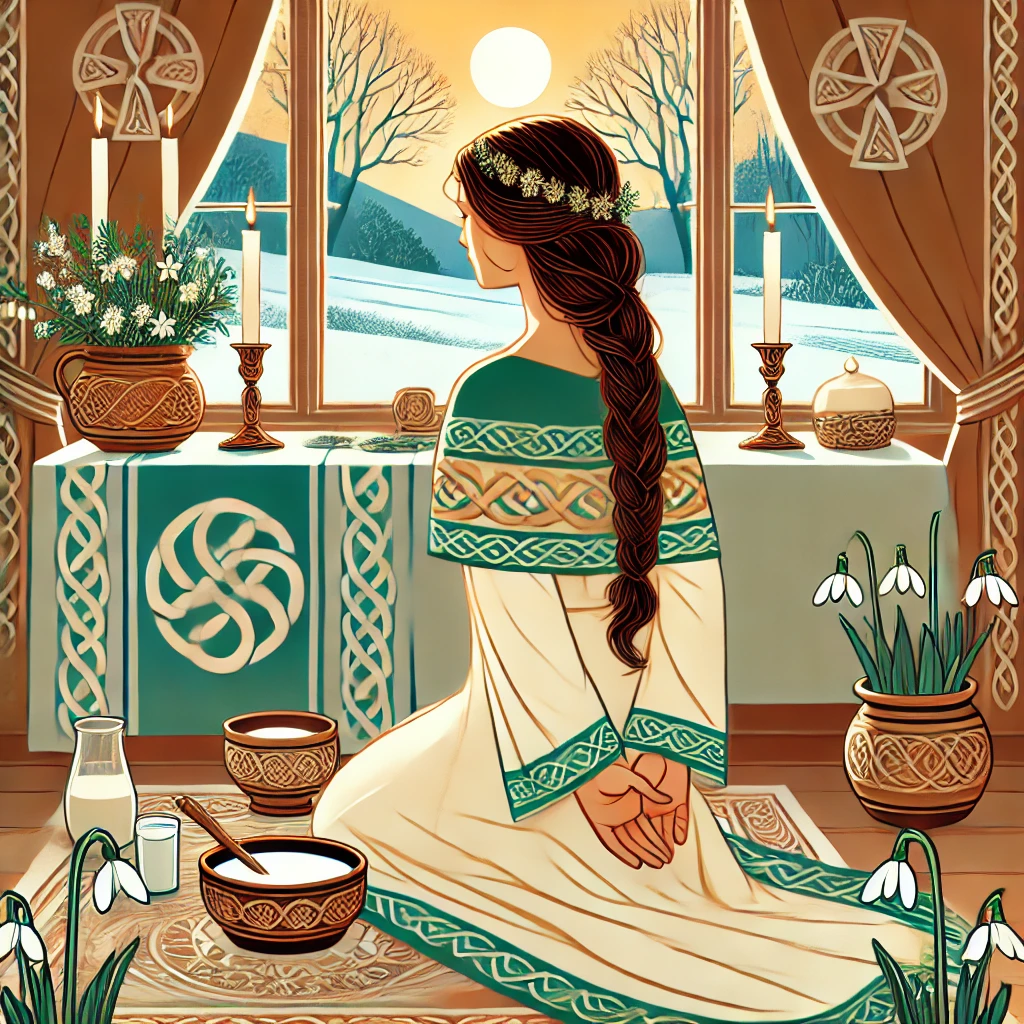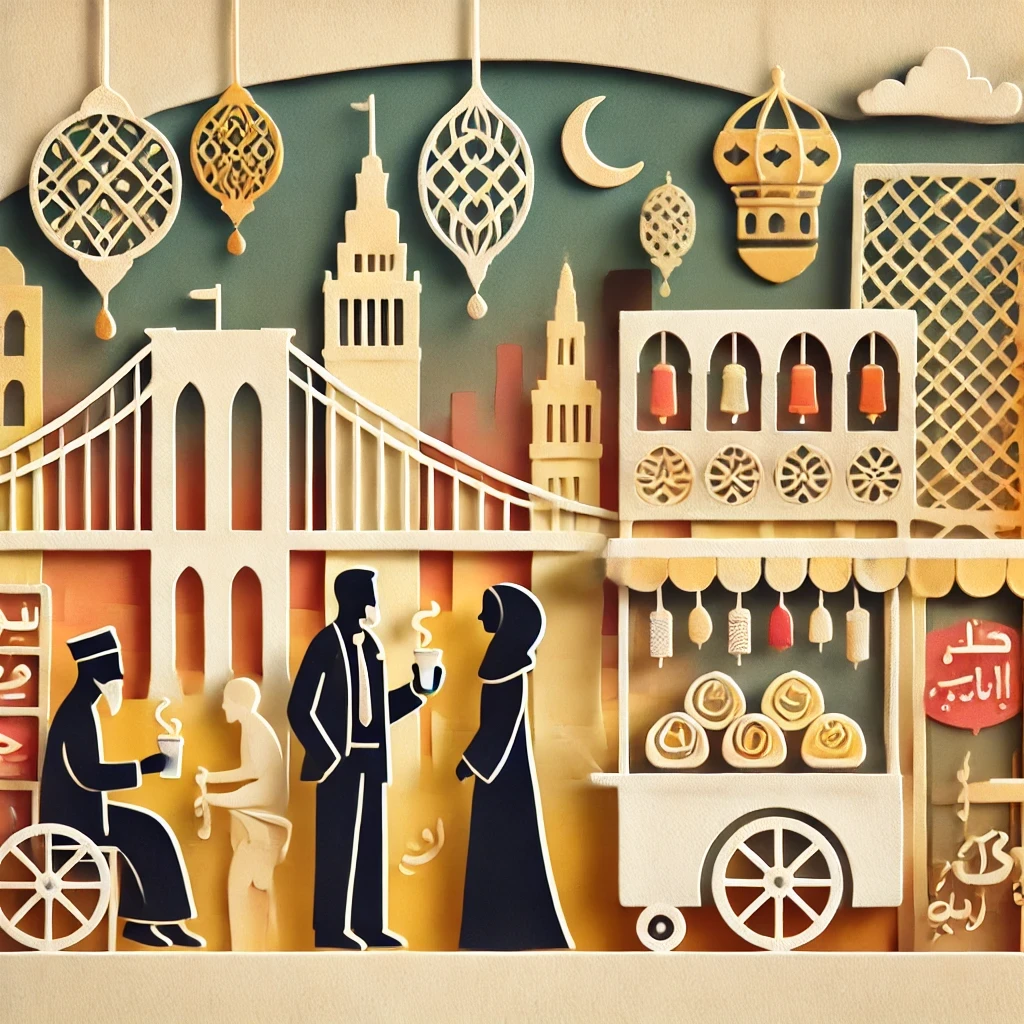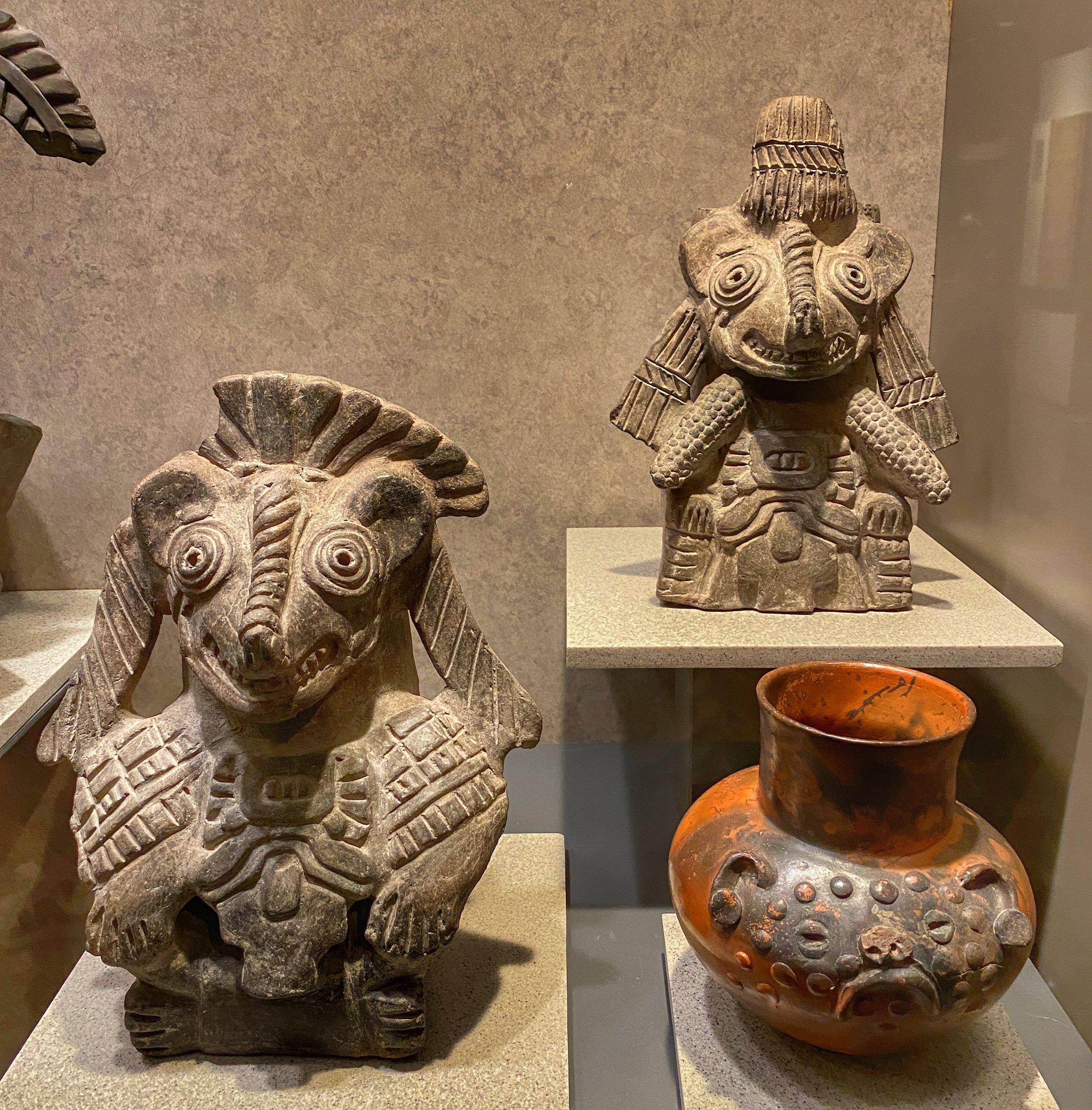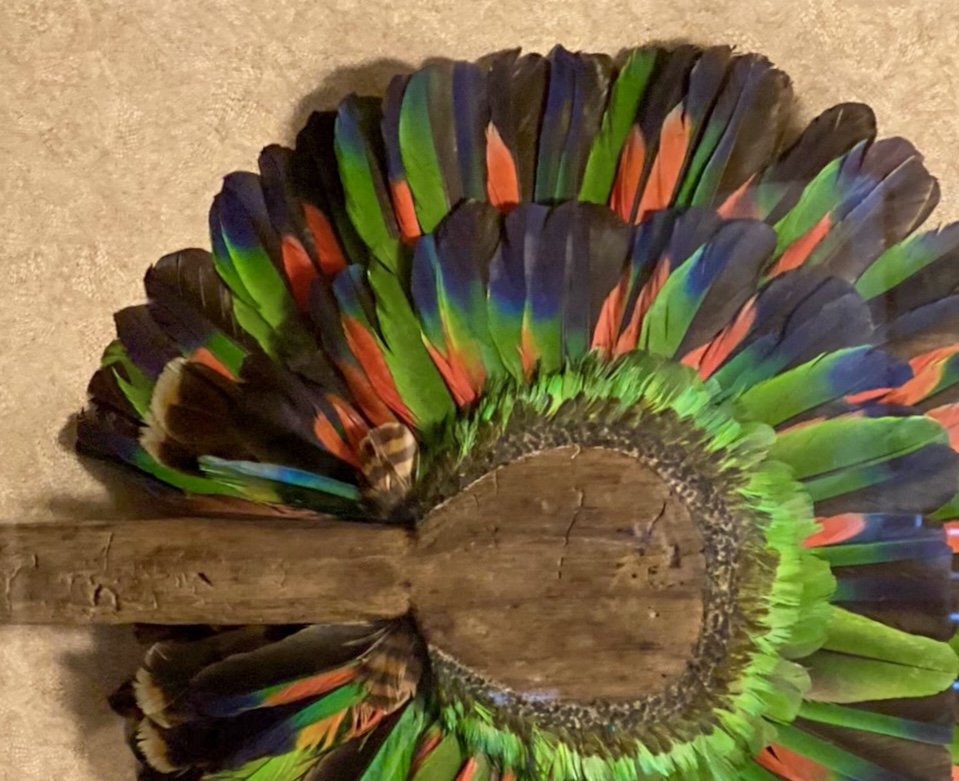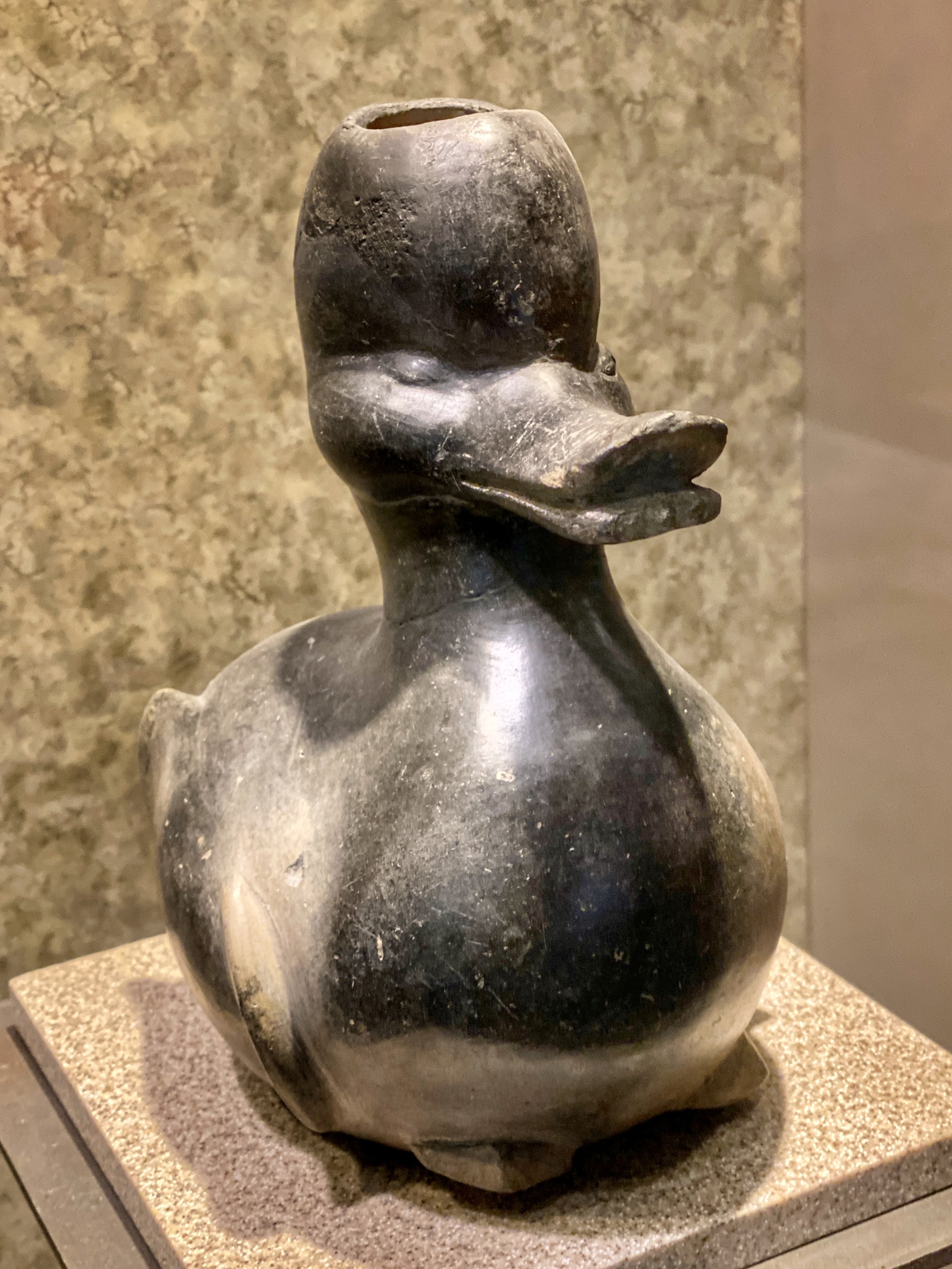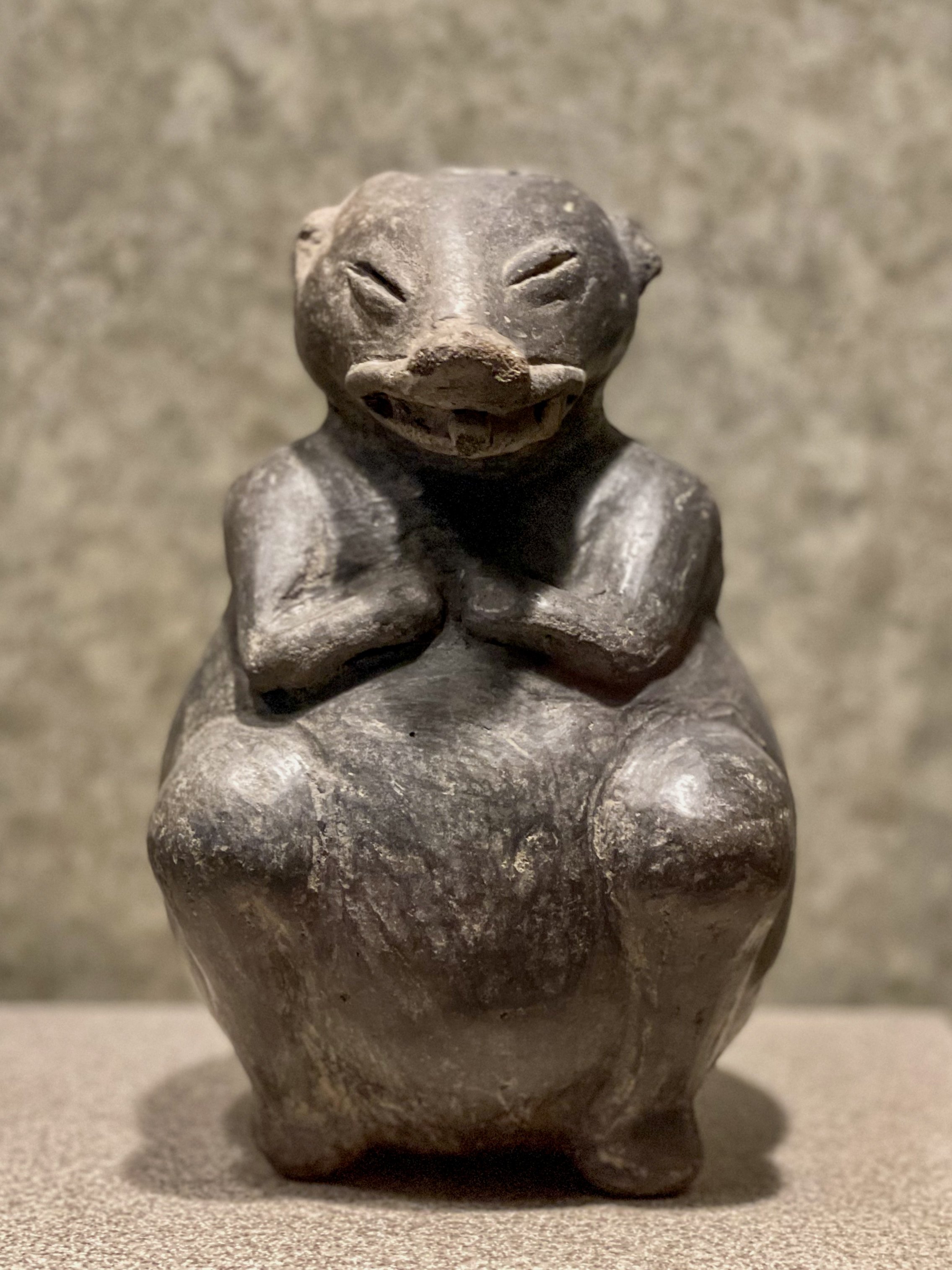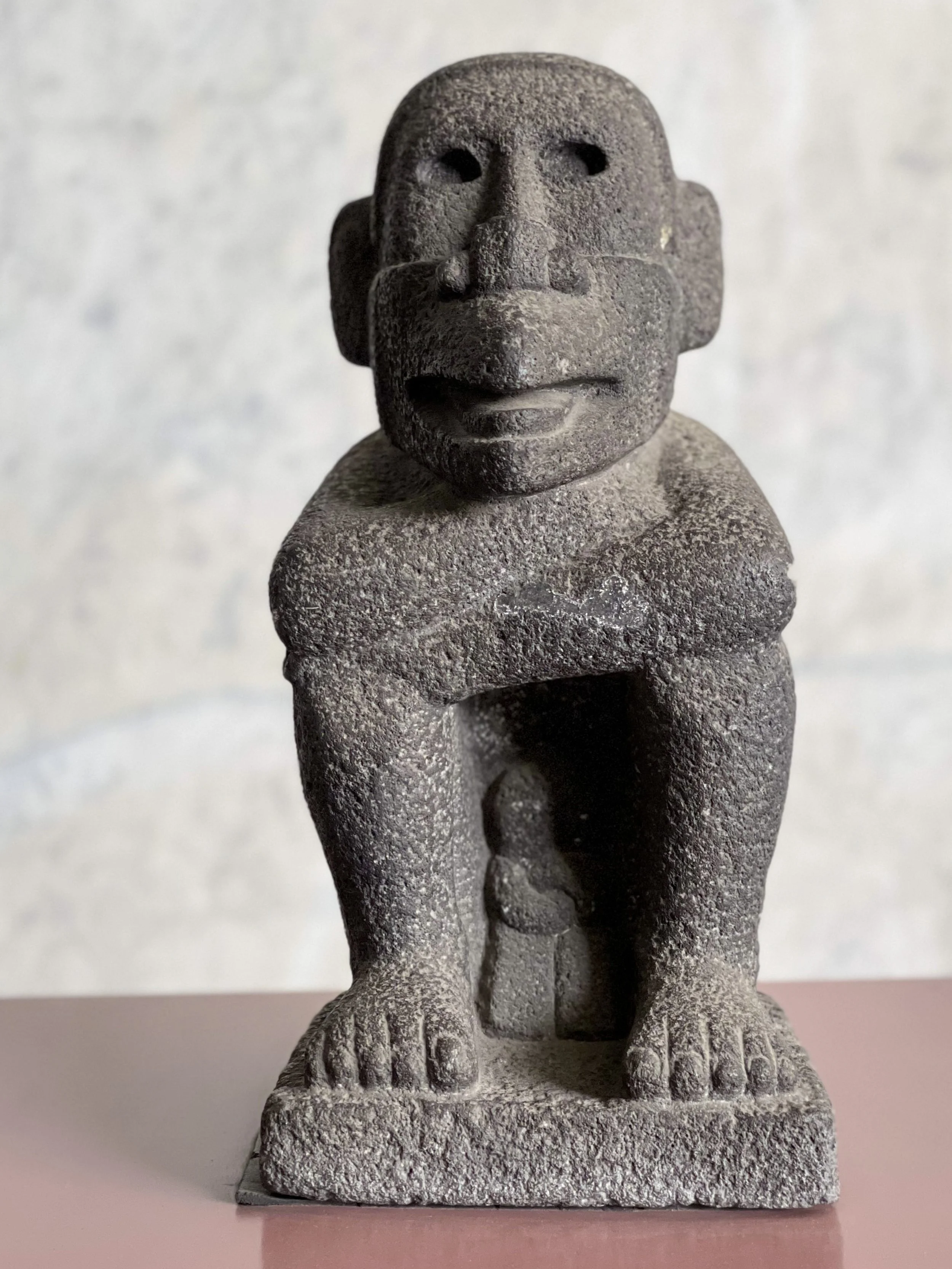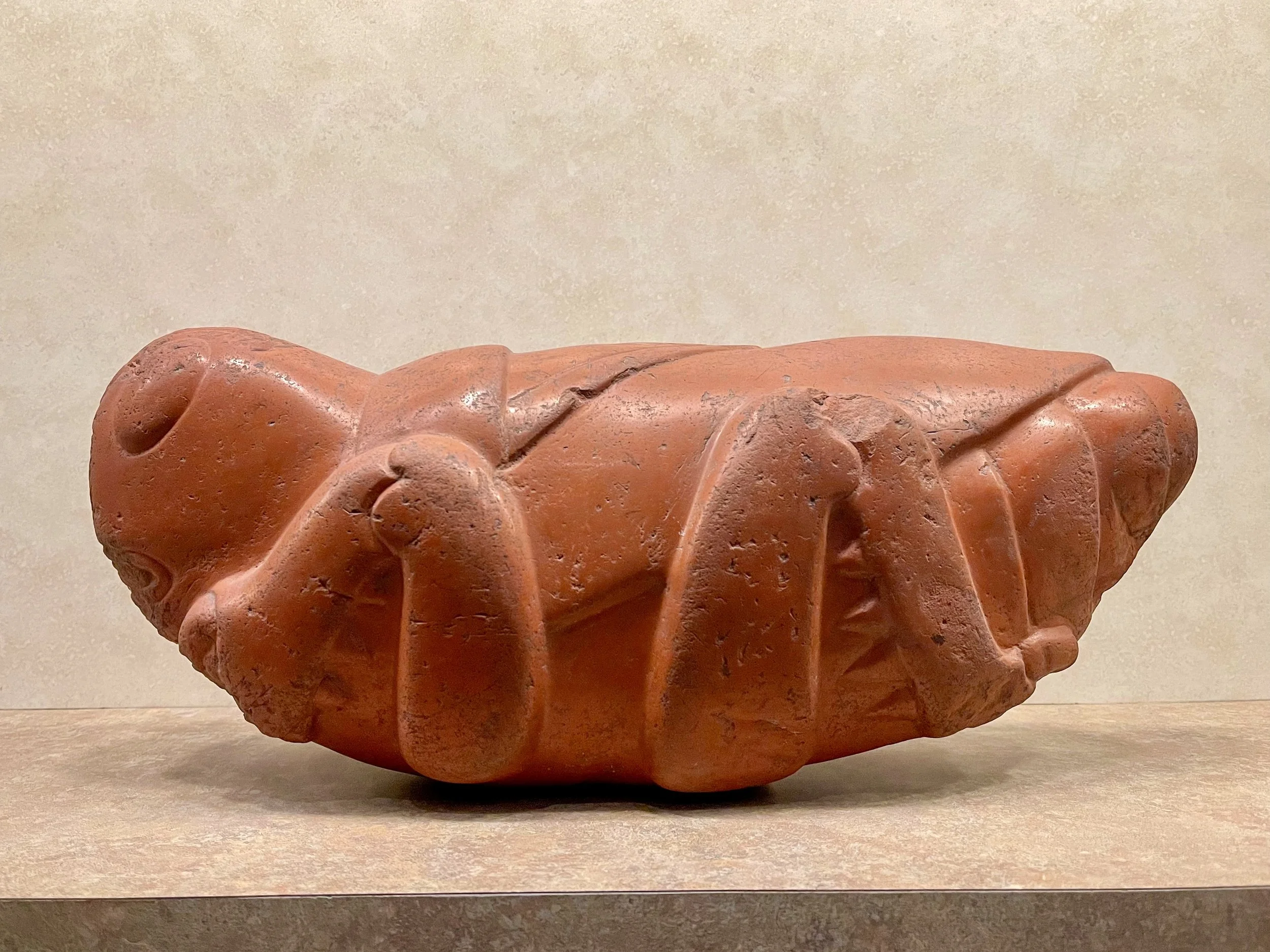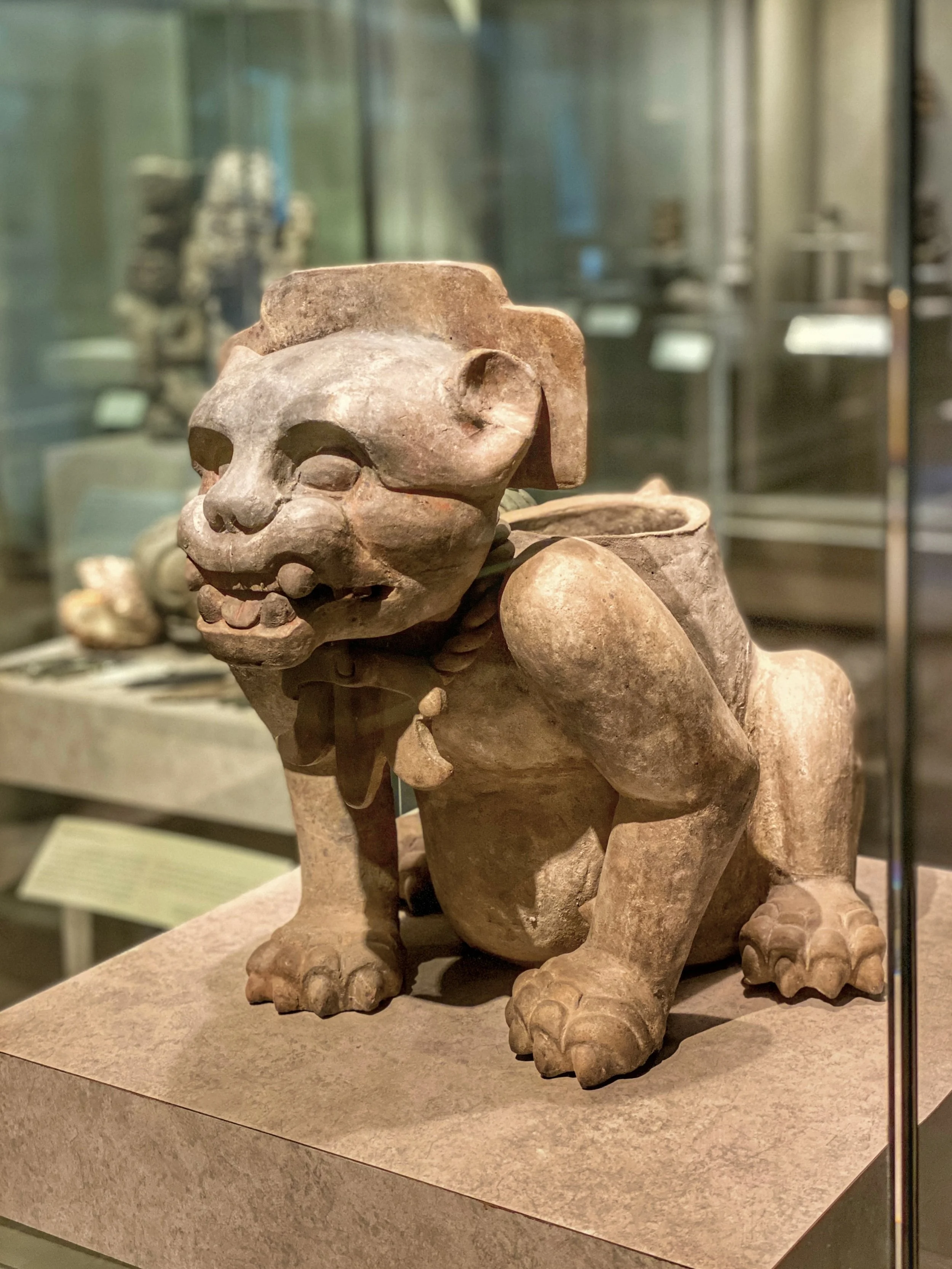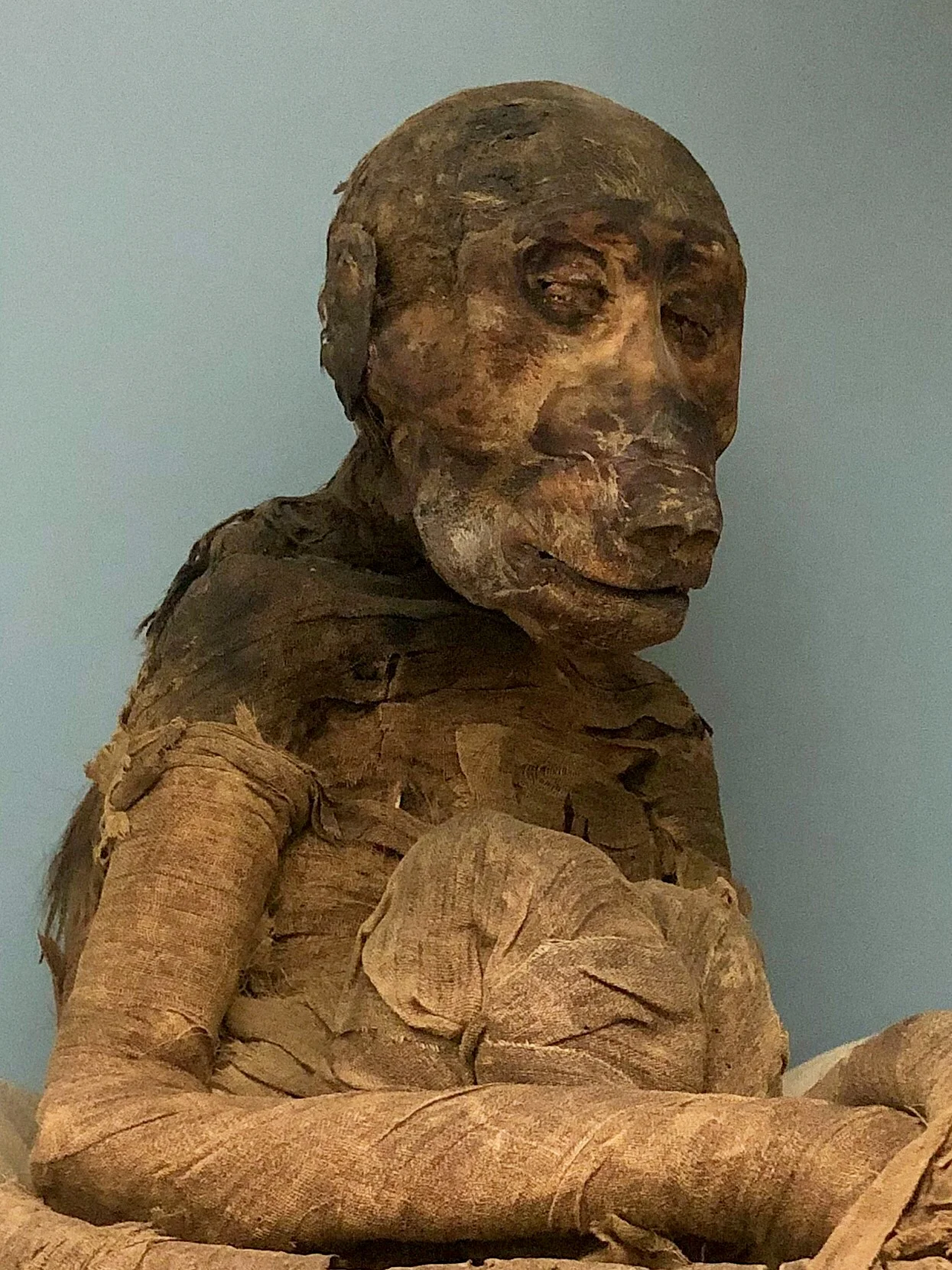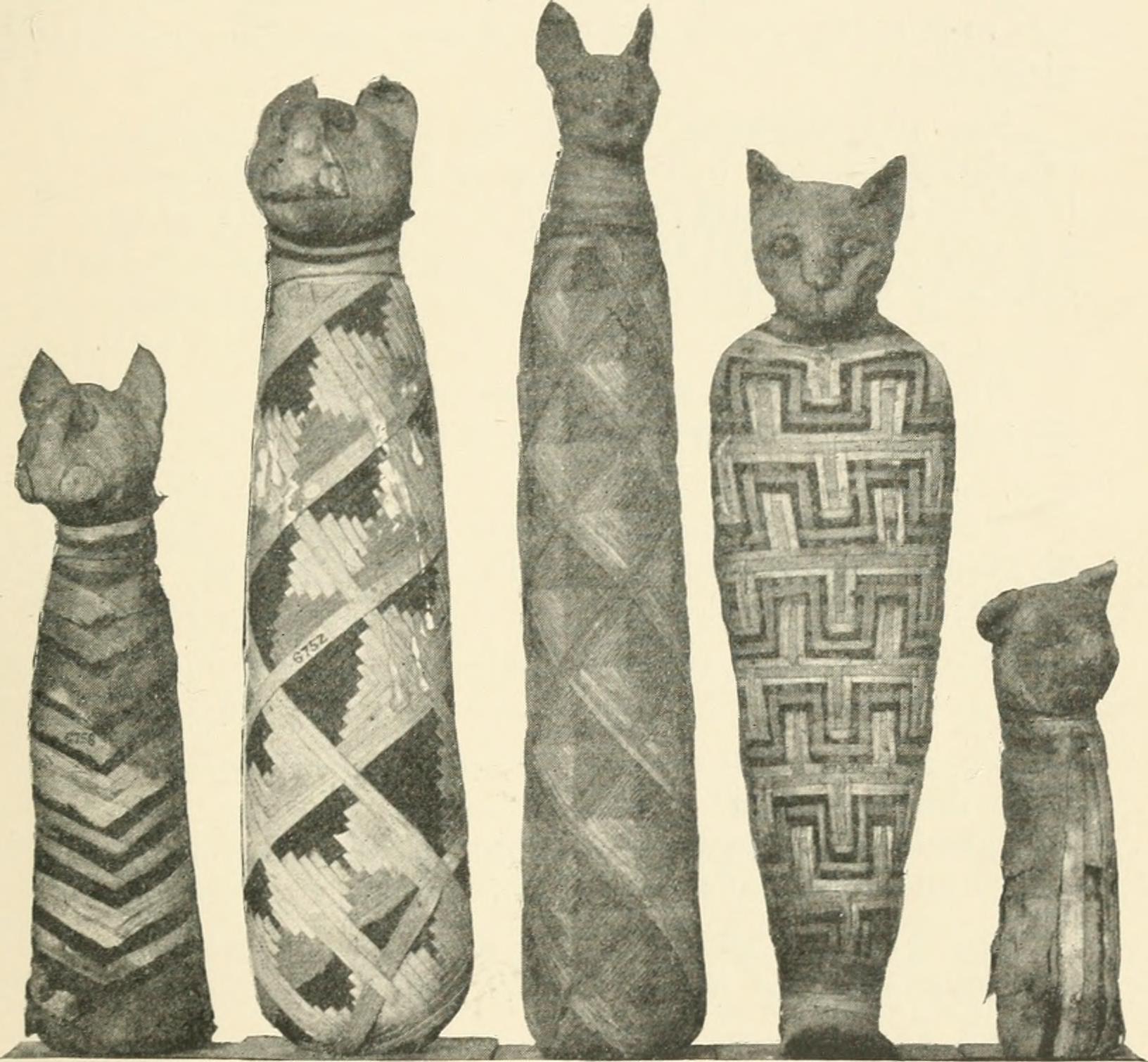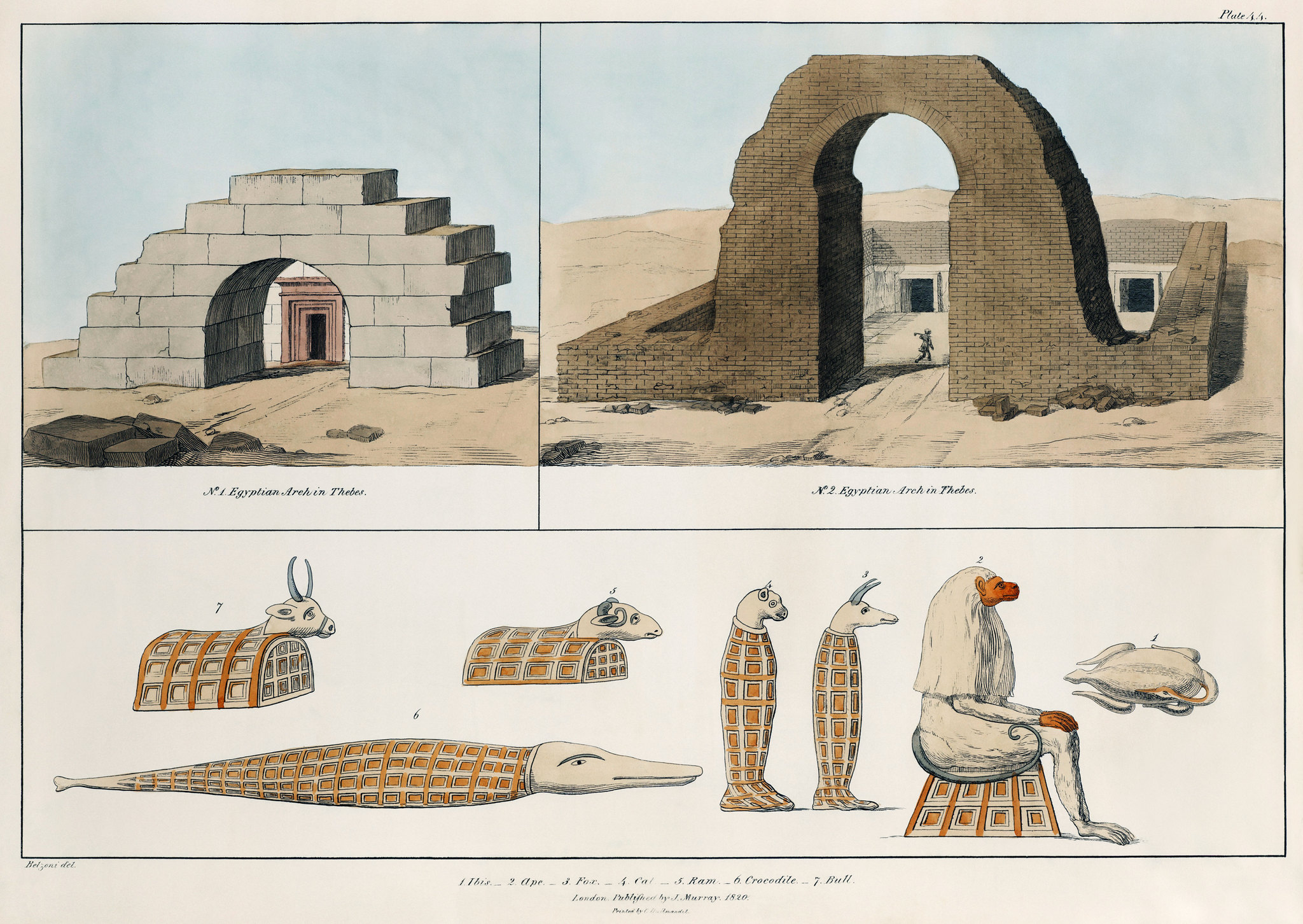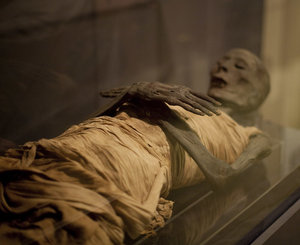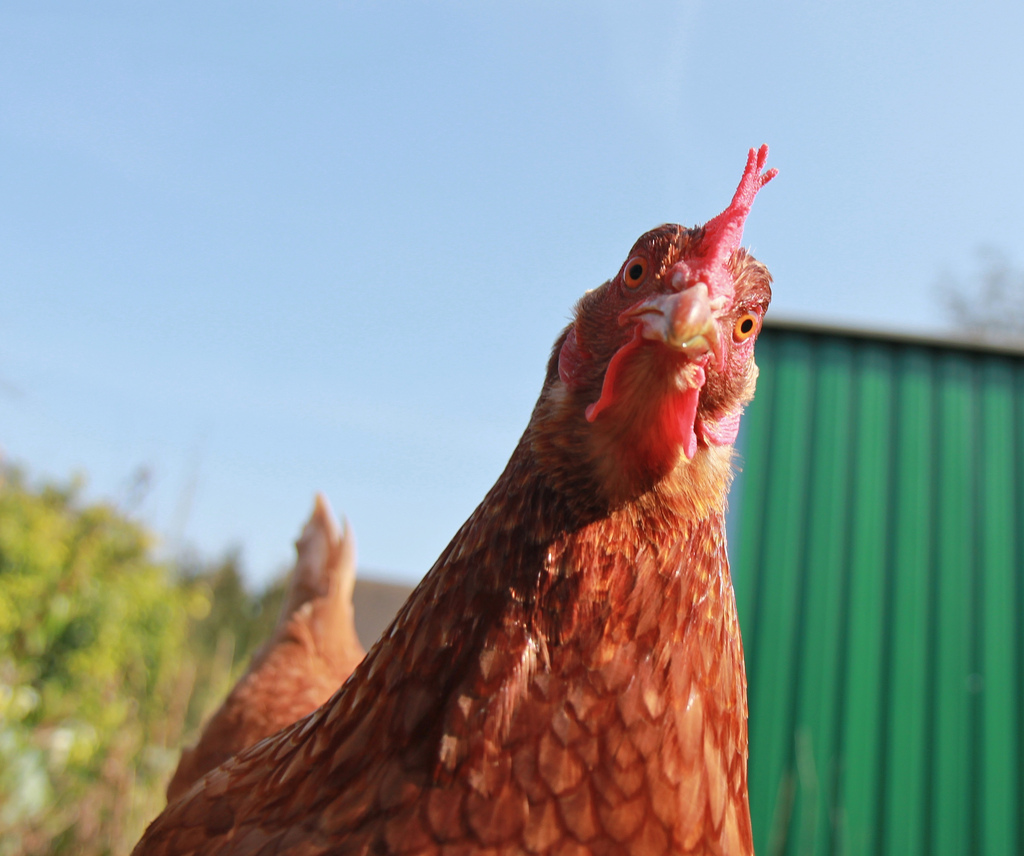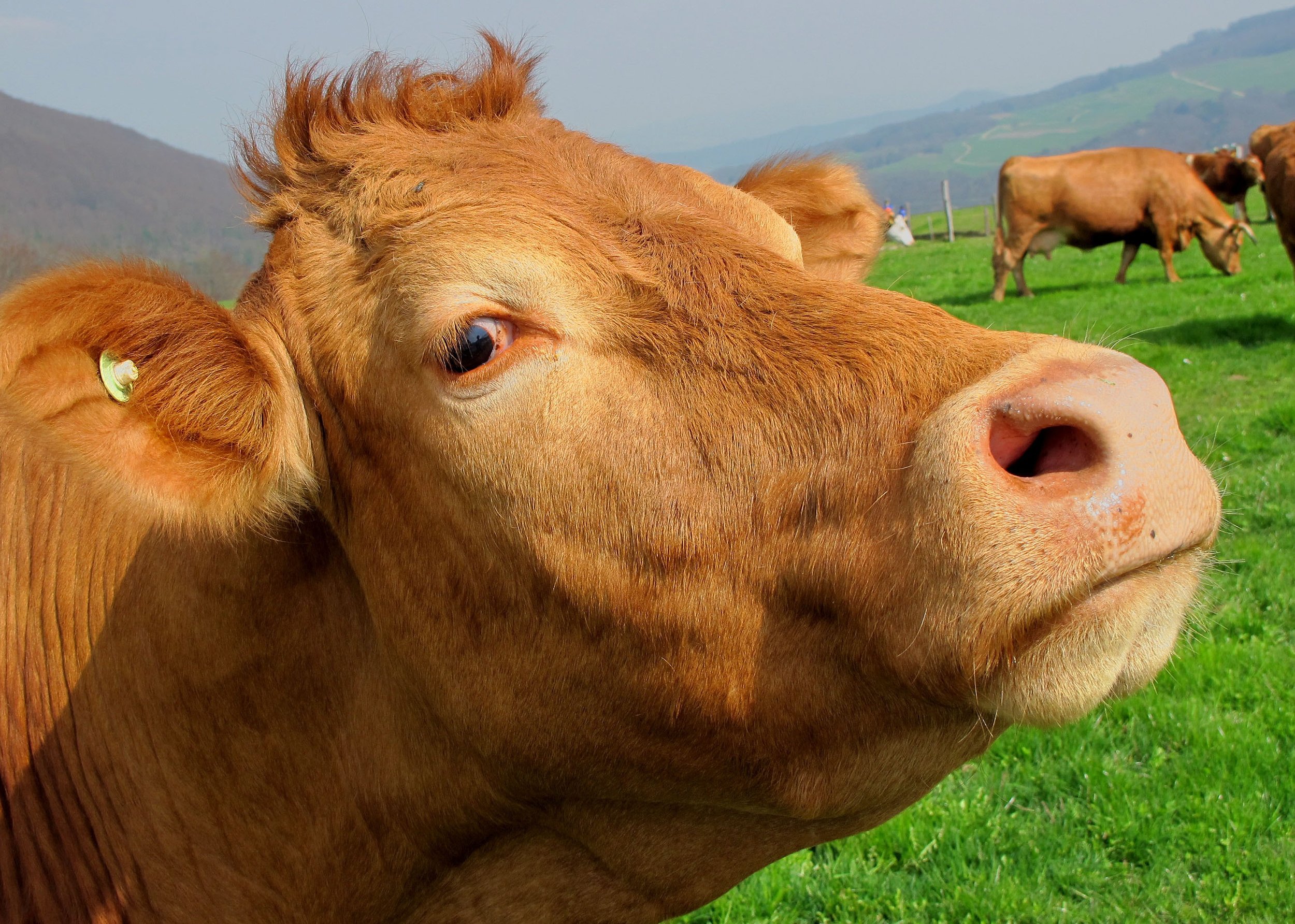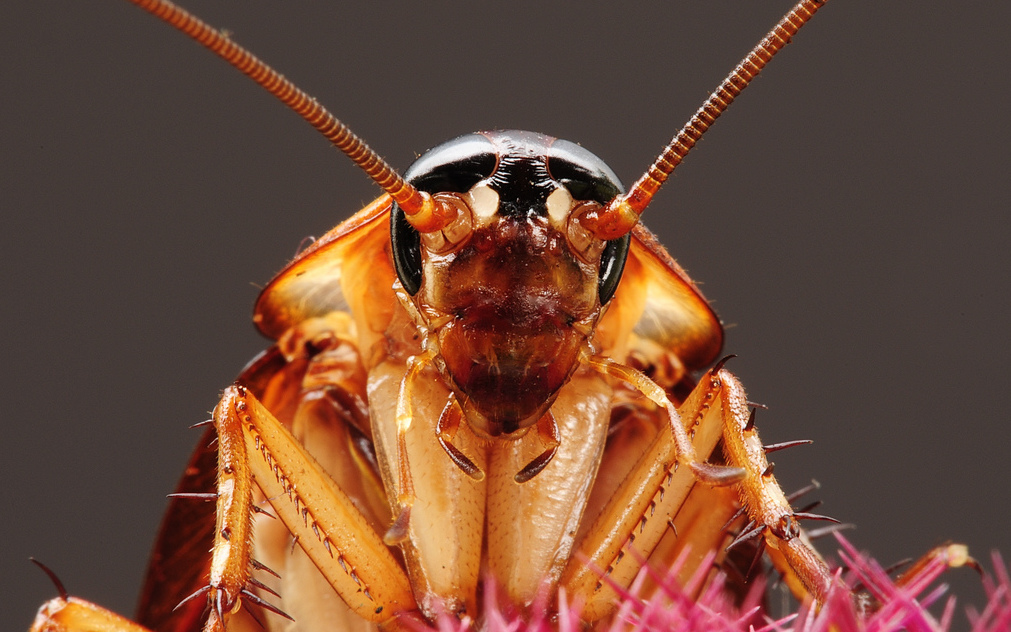From cats and dogs to bugs and birds, discover the fascinating world of Spanish animal expressions.
Are you a lion in bed? Have you become a seal and could stand to lose a few pounds? Maybe you’re a dead mosquito who keeps everyone guessing. The age of the turkey is always an awkward time. Just remember, no one likes a toad!
Here are some wild Spanish expressions involving animals. And if you shit the fly, don’t worry! –Wally
Buggin’ Out
Cagar la mosca
What it translates to: To shit the fly
What it means: To make a small mistake
Ser un bicho
What it translates to: To be a bug
What it means: To be a strange or eccentric person
Ser una mosquita muerta
What it translates to: To be a dead mosquito
What it means: To be a person who seems innocent or harmless but is actually cunning or deceitful
Tener malas pulgas
What it translates to: To have bad fleas
What it means: To be irritable or have a bad temper
Pet Sounds
Dar gato por liebre
What it translates to: To give a cat instead of a hare
What it means: To deceive someone by substituting one thing for another
Dormir como un lirón
What it translates to: To sleep like a dormouse
What it means: To sleep deeply
Estar como el perro y el gato
What it translates to: To be like the dog and the cat
What it means: To be in a constant state of conflict
Llevarse como el perro y el gato
What it translates to: To get along like the dog and the cat
What it means: To have a hostile relationship
Ser un perro viejo
What it translates to: To be an old dog
What it means: To be an experienced or wise person
Ser un ratón de biblioteca
What it translates to: To be a library mouse
What it means: To be a person who spends a lot of time studying or reading
Tener un humor de perros
What it translates to: To have a dog’s humor
What it means: To be in a bad mood
All Wet
Estar como una foca
What it translates to: To be like a seal
What it means: To be overweight or to have gained a lot of weight
Ser un pez gordo
What it translates to: To be a fat fish
What it means: To be an important or influential person
Ser un sapo
What it translates to: To be a toad
What it means: To be a snitch or a tattletale
Bird-Brained
Estar en la edad del pavo
What it translates to: To be in the age of the turkey
What it means: To be a teenager and going through a difficult or awkward phase
Ser un búho
What it translates to: To be an owl
What it means: To be a night owl, someone who stays up late
Ser un loro
What it translates to: To be a parrot
What it means: To be someone who talks a lot or repeats what others say
Ser un pavo real
What it translates to: To be a peacock
What it means: To be arrogant or to show off
Tener ojos de águila
What it translates to: To have eagle eyes
What it means: To have great vision or to be very observant
Tener pájaros en la cabeza
What it translates to: To have birds in your head
What it means: To be absent-minded (bird-brained) or to have unrealistic ideas
Animal Farm
Estar como una cabra
What it translates to: To be like a goat
What it means: To act crazy
Ponerse como un burro
What it translates to: To become like a donkey
What it means: To become very angry
Ser un burro
What it translates to: To be a donkey
What it means: To be stubborn or slow-witted
Ser un cabrón
What it translates to: To be a big goat
What it means: Depending on the context, it can be used to describe a jerk or a dumbass
Ser un gallina
What it translates to: To be a chicken
What it means: To be a chicken, a coward
In the Wild
Ser un león en la cama
What it translates to: To be a lion in bed
What it means: To be good in bed
Ser un lince
What it translates to: To be a lynx
What it means: To be very perceptive or to have a sharp mind
Ser un ratón de campo
What it translates to: To be a field mouse
What it means: To be shy or introverted
Ser un tigre
What it translates to: To be a tiger
What it means: To be very strong, brave or skillful
Ser una víbora
What it translates to: To be a viper
What it means: To be a malicious or treacherous person
Ser un zorro
What it translates to: To be a fox
What it means: To be sly or cunning
Tener memoria de elefante
What it translates to: To have an elephant’s memory
What it means: To have a great memory
Me cago en la leche!









